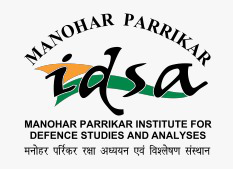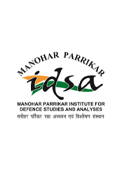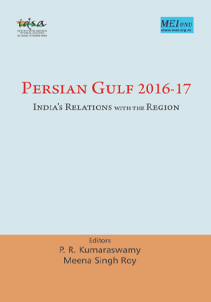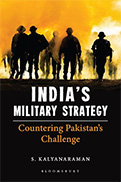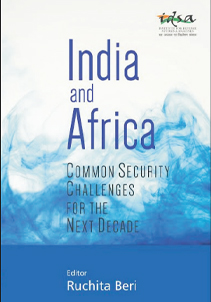Space Security and Global Cooperation
- Publisher: Academic Foundation
For the last five decades artificial satellites are being used to perform diverse roles in astronomy, atmospheric studies and education. They have been found useful for reconnaissance, meteorology, navigation, communication and search & rescue.
- ISBN 13-978-81-7188-741-5,
- Price: ? 695
- Author:
- Ajey Lele , Gunjan Singh |
- 2008 |
- Book

